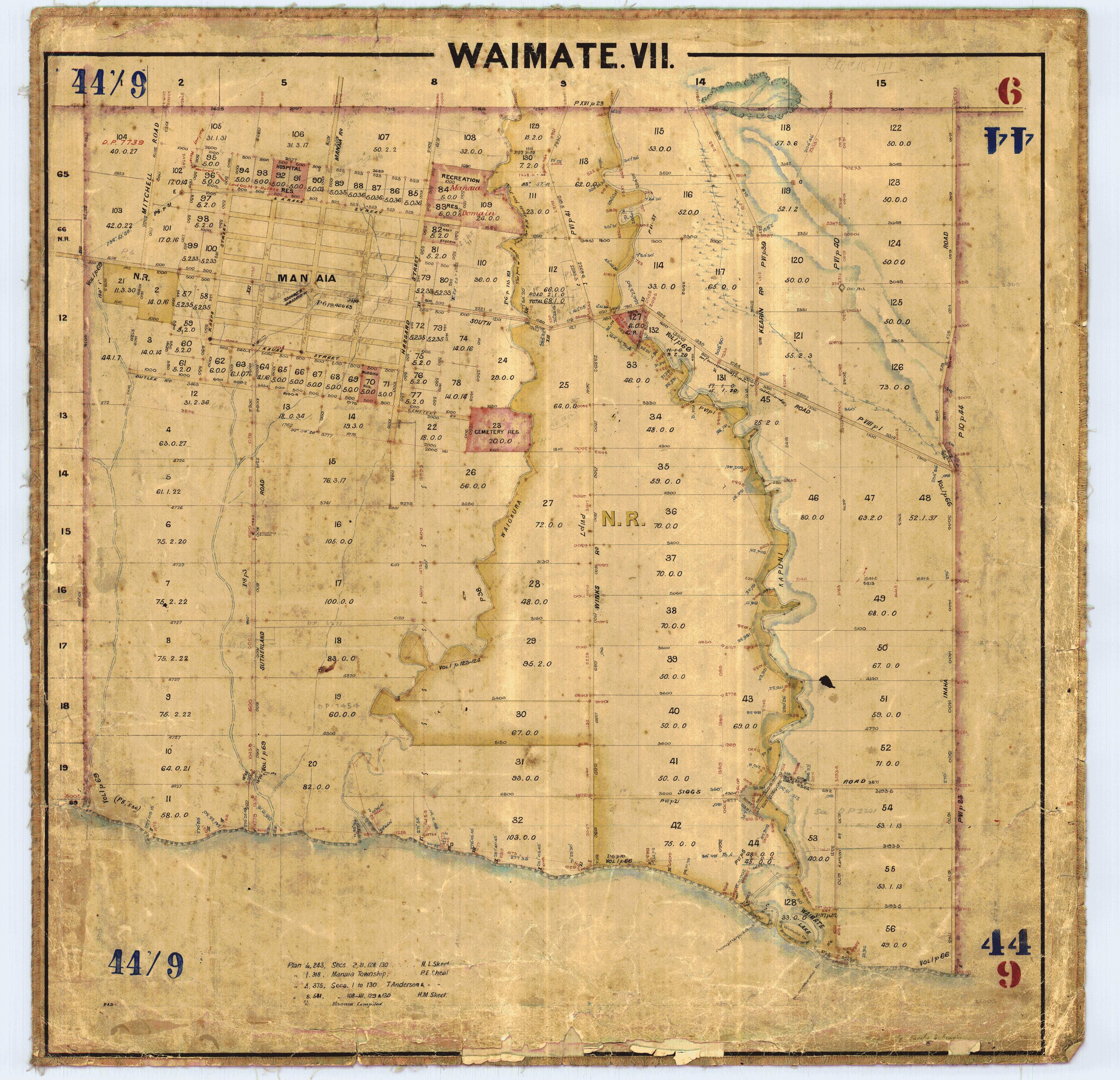



Like many people who had Taranaki road named after them, Jerry Siggs, had an influence on the area he first settled in, in this case the Waimate plains, only to move away years later and his family name to fade into obscurity.
In fact if it wasn’t for newspaper articles from the time, we might know very little about Jerry. But thanks to resources like the website, Papers Past, it is possible to piece together Jerry’s life and the impact he had on the Waimate plains and Manaia, before he and his family left for good in 1901.
Siggs Road runs off Lower Inaha Rd, just south of Manaia. Today it known as the location of the Kupe Production Station which processes oil and gas from the offshore Kupe wells. It was here that Jerry farmed a 220-acre block, acquired via a Crown Grant - which ran from the coast end of the Lower Inaha Rd through to Winks Rd - which he named Hauwhenua.
Jerry Hayer Siggs was born in Cambridgeshire, England in 1839. His father John was a gamekeeper for the Marquess of Normanby, while his mother’s family were farmers. It is unclear as to when and why, he and two of his brothers, Robert and James, immigrated to New Zealand but as one of 13 siblings no doubt it was to improve his own circumstances. By the mid-1870s Jerry was in the district, driving recently imported stock from New Plymouth through to south Taranaki.
In the early 1880s large amounts of land on the Waimate plains was being offered for sale by the Government, after being taken by the Crown.
In addition, under the West Coast Reserves Settlement Act 1881 other sections of formally confiscated land was now deemed Māori reserve land, but was in actuality controlled by the Public Trustee and leased to Pāhekā settlers for a nominal rent - a process known as West Coast Lease.
Over a two-year period from 1880 to 1882, Jerry was able to buy seven different Crown Land Grants, most in the Waimate district. In addition, by 1895 he had acquired over 430 acres of West Coast Lease land.
In the mid-1870s he married New Plymouth-born Priscilla Bayley and over the years had five children, Henry, Lettie, twins Jerry and Ada and Percy. All were educated at Manaia School, which opened in 1882.
Over the two decades Jerry lived in the Manaia district he was busy farming, importing and exporting sheep and cattle, involved with horse racing and hunts as well as community efforts to encourage industry in the area, such as a Hāwera tinning factory and pushing for the trade in frozen meat.
However, by 1900, for reasons unknown, Jerry and Priscilla were keen to move out of the district and their farm, Hauwhenua, was sold, to Mr A Quin for a, “substantial figure”. The Siggs sold their cattle, horses, pigs and many household possessions, including a new piano, by auction the following year. Over the years he spent on the Waimate plains, Jerry had transformed himself from a man of mediocre means, into the landed gentry.
The newspaper reports him as intending to live in Auckland, but it seems he instead lived in the Palmerston North area before his wife’s death in 1913 and his death in Taihape in 1919.
This story was originally published in the Taranaki Daily News.
Please do not reproduce these images without permission from Puke Ariki.
Contact us for more information or you can order images online here.